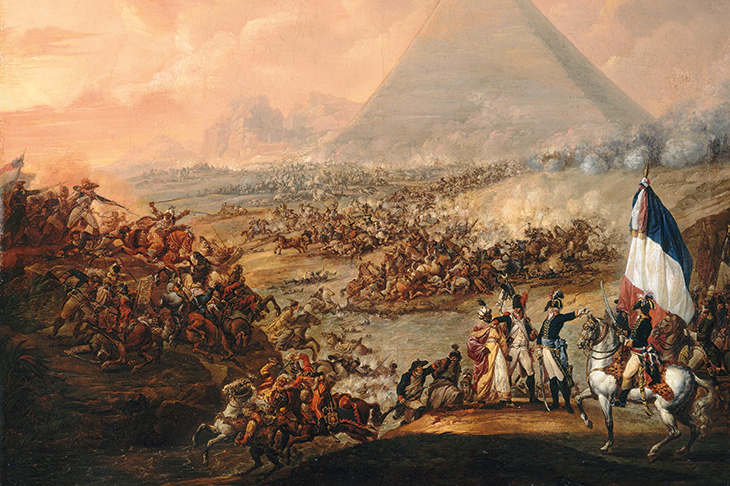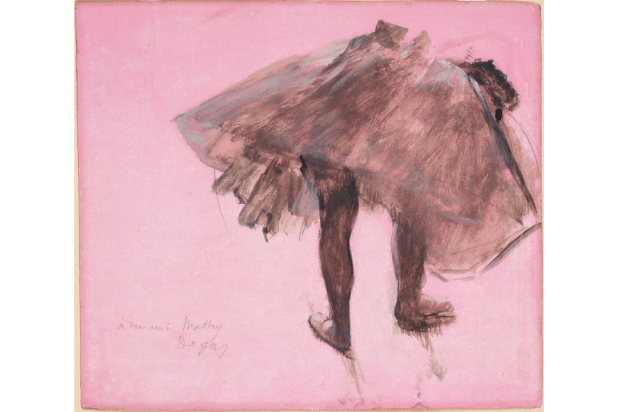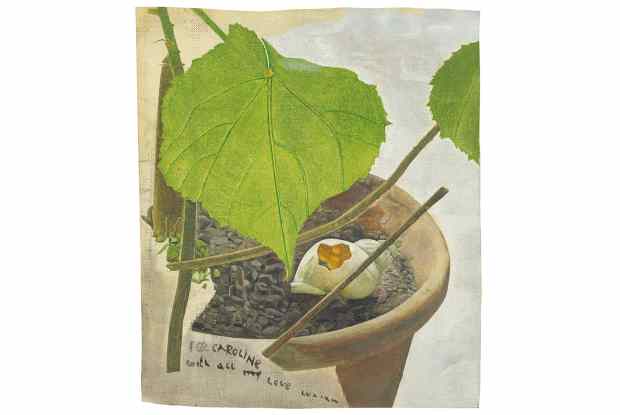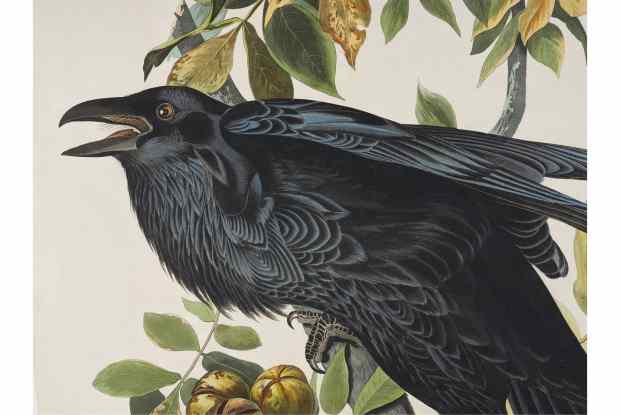The Musée de l’Armée at Les Invalides in Paris has a new exhibition that I believe to be the best and most extensive on the Emperor in three decades. Anyone interested in Napoleon Bonaparte, early 19th-century military history and strategy, the Grande Armée’s campaigns from 1796 to 1815, monumental battle paintings, First Empire beaux-arts, uniforms, weaponry or cartography, has only until 22 July to visit the truly breathtaking Napoleon: Strategist.
On entering, you walk past the large busts of six of the seven great captains of history that Napoleon said he admired and wished to emulate: Alexander, Hannibal, Julius Caesar, Henri de la Tour d’Auvergne, Marshal de Saxe and Frederick the Great. For some reason the seventh, the 1st Duke of Marlborough, is missing, though not for reasons of French chauvinism as this is a very even-handed exhibition, despite being held in the Valhalla of the French army, only yards away from the Emperor’s tomb. (There is even Louis Philippe Crépin’s enor vast and magnificent 1805 painting ‘Battle of Trafalgar’.)
The exhibition seeks to explain how, after seizing power in 1799, Napoleon melded his three roles of head of state, commander-in-chief and senior battlefield commander, and organised his armies both in peacetime and on campaign. There are huge contemporary maps, the highly advanced card-filing system pioneered by his chief of staff Marshal Alexandre Berthier, the coloured pins that were used to plot the movement of individual demi-brigades (regiments), and video reconstructions of campaigns such as that at Austerlitz in 1805, which together explain cogently the way Napoleon approached strategy-making.
Many of the exhibits, of course, come from the Musée de l’Armée’s permanent collection — I counted four of Napoleon’s bicorn hats, as well as the general’s uniform he wore in his first Italian campaign, the sword he wore at Austerlitz, his telescope, his pen, the desk he used as a subaltern in Auxonne, and so on — but there is also much rarely seen material from private collections, as well as superb artefacts from museums in Switzerland, Belgium, Austria, Germany, Britain, and no fewer than 24 galleries and museums around France, such as Versailles, Malmaison, Sèvres, the Fondation Napoléon, the Archives Nationales, and the Louvre. It might well be 30 years before another such cornucopia of Napoleana is reassembled in one place.
As well as the full-length paintings of Napoleon as First Consul by Antoine-Jean Gros, and in his colonel of Guard chasseur uniform by Robert Lefevre, there are wall-sized battle paintings of all his major engagements. The evolution of his political thought is represented by first editions of the books he is known to have read, such as Jean-Jacques Rousseau’s Social Contract, and of his strategic thought by the works of the military reformers of the mid to late 18th century. But it is not all theory; a vast model of the battle of Lodi emphasises his tactic of sending cavalry south across a ford to try to outflank the Austrians on the other bank of the River Adda in 1796.
One room explores the influence that Napoleonic strategy had — once expounded by writers such as Carl von Clausewitz, Henri Jomini and Basil Liddell Hart — on many of the great generals of history. It argues that commanders as diverse as Patton, Zhukov, Rommel, Manstein, Schwarzkopf, MacArthur, Joffre and Moltke were profoundly influenced by the Napoleonic way of war. Less convincingly, it also attempts to map the influence he had politically over statesmen such as Lenin and Chairman Mao.
Many visitors will agree with the underlying argument of the exhibition — that Napoleon was undoubtedly the equal of any of the other seven captains of history — but even those who don’t will admire the truly extraordinary collection of artefacts that has been brought together. Marshals Masséna and Bessières’ beautifully crafted red velvet batons embossed with gold eagles; the Emperor’s red leather map portfolio; cuirassier and Imperial Guard infantry uniforms; Napoleon’s grey cloak; Murad Bey’s sabre captured at the Battle of the Pyramids; Marshal Blücher’s sabre; an eagle of the 25th Regiment; a five-foot-high model of the Vendôme Column; dozens of swords, muskets and bayonets; massive Prussian, Austrian and Russian flags captured in battle; the pistol Napoleon carried at Ratisbon; the Paul Delaroche portrait of him the night he attempted suicide at the palace of Fontainebleau just before his abdication in April 1814: nothing of significance has been missed.
As a means of explaining Napoleon’s organisational sophistication, this exhibition is superb, and despite all the horror of the campaigns that killed hundreds of thousands, it also displays to gorgeous effect the artistic beauty so prized by the First Empire. One never needs an excuse to go to Paris, but if one did, this is the best there is.
Got something to add? Join the discussion and comment below.
Get 10 issues for just $10
Subscribe to The Spectator Australia today for the next 10 magazine issues, plus full online access, for just $10.
You might disagree with half of it, but you’ll enjoy reading all of it. Try your first month for free, then just $2 a week for the remainder of your first year.














Comments
Don't miss out
Join the conversation with other Spectator Australia readers. Subscribe to leave a comment.
SUBSCRIBEAlready a subscriber? Log in